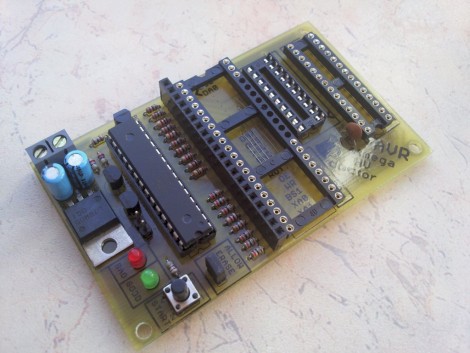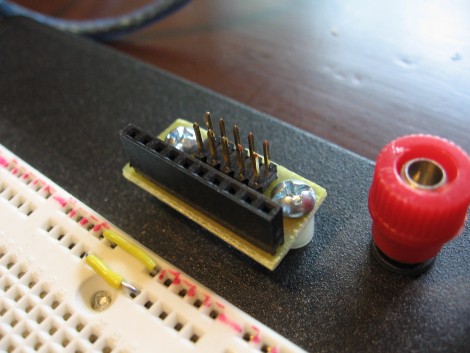[youtube=http://www.youtube.com/watch?v=cF4cw41SMvY]
[Scott] over at curiousinventor.com has posted an instructable detailing how to use an Arduino and a power drill to spool solder. The Arduino senses the speed that the drill is going via an opto interrupter and a laser and adjusts with a servo hooked to the trigger. While we don’t think many people will be dying to spool some solder, this system might be useful for all kinds of things, like winding yarn or making coils.















